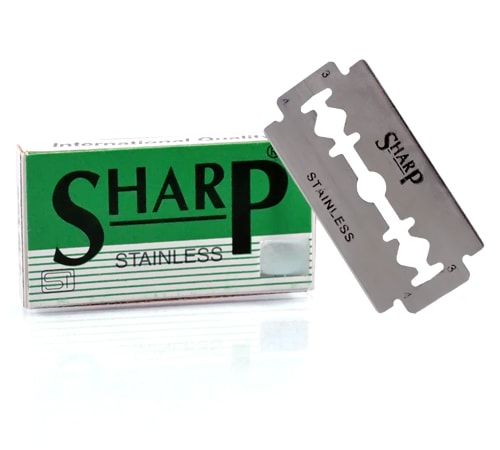Here is what I learned about setting up and sharpening bench planes.
If you participate in any woodworking internet forums at some point you will stumble upon a debate about the best way set them up and sharpen the blade for use.
Sadly these debates are often marred by ill humour and repetitive argument.
Unsurprisingly a degree of opprobrium is reserved for internet pundits who – like me – are neither experienced woodworkers nor craftsman but have an opinion nonetheless. My only defence for this post is that I make no claim to be an expert, and can honestly say that the little I have learned has been carefully researched and tested as best I can in practice. If nothing else I hope I can offer fellow novices the small service of summarizing the many opinions that the internet has spewed forth on the matter.
The perspectives of the people participating in these discussions are often revealing, for example:
- the enthusiastic but casual amateur woodworker will often be prepared to go to extreme efforts to get the best results, since they are doing it for fun and time is not their primary consideration.
- An owner of a woodwork school will have other criteria, for instance they may prefer techniques that allow them to keep dozens of tools sharp with minimal effort and that can easily be taught to new students.
- And finally, the (dwindling) number of people who earn a living using hand tools will do whatever they find most convenient and will naturally have an affinity to whichever approach they were taught as an apprentice.
Throw in a multitude of possible methods and a (tiny) bit of science and there is a lot of scope for disagreement.
The good news is that that all the different approaches seem to have the same end result – namely a sharp edge and working plane – so If you can’t muster the energy to read the original discussions or my summary, then my advice is pick a pundit of your choice, do some practice and then turn your attention to other matters. Paul Sellers is a source of practical and well explained advice, and Richard Maquire is another excellent communicator and very experienced woodworker.
If you want to persevere with some reading bear with me while I attempt to review all things plane sharpening, starting at the very beginning.
Why is sharpening and preparing hand tools such a minefield?
As I mentioned in an earlier post the sheer amount of information on this topic – some of it contradictory – and the vociferous way it is often presented can be intimidating, particularly when you approach the subject from a perspective of complete inexperience, as I did.
To give you an idea of the depth of my ignorance when starting out you should know that, although I understood that so-called edge tools (knives, saws, chisels, axes, planes etc) needed to be sharp to work efficiently, I naively assumed that new tools would arrive sharp from the manufacturer. I also had a vague idea they would stay sharp for a long time, quite possibly longer than the natural life of the tool itself.
Both these assumptions are wrong, of course, but I knew no better. And in my defence, there are some exceptions. For instance there are top-end tool manufacturers who will supply planes and chisels that are sharp out of the box. And modern “hard-point” saws which are sharpened at the factory and – by design- and expected to be replaced when blunt have pretty much vanquished the older saws that had to be sharpened by hand, but could last for decades of use.
Despite these oddities, as a general rule all edge tools will require regular sharpening and sometimes a bit of fettling to get working well.
So there is no escaping it, you’ll have to learn how to sharpen, and may have to do a bit of fiddling to get things working optimally. Just as precision power tools can’t be guaranteed to arrive 100% accurately set up and will require some “fettling” to work optimality, even comparatively simple hand tools may need some set-up work too, in particular surfaces that are machined to fit together might not do so 100% accurately and the plane sole may not be adequately flat.
There are a number of reasons this might be so: the manufacturing techniques and materials in use 60 or 70 years ago did not allow the same kind of cost-effective accurate machining as is possible today, so some variation in production was unavoidable. Also today’s modern manufactures may forgo some of the production process that result in a more refined product so they can compete better on price. And finally, tools wear with use and surfaces that were flat originally may change shape over time.
The good news is that sharpening and setting up a plane is not a difficult skill to master. Indeed it is frequently repeated view that pretty much any plane, no matter the price, can be got to work well if you are prepared to put in enough effort.
In the next couple of posts I will tell you how I went about doing this with mine and what evidence can be mustered in favour of the various techniques you may choose to employ.
